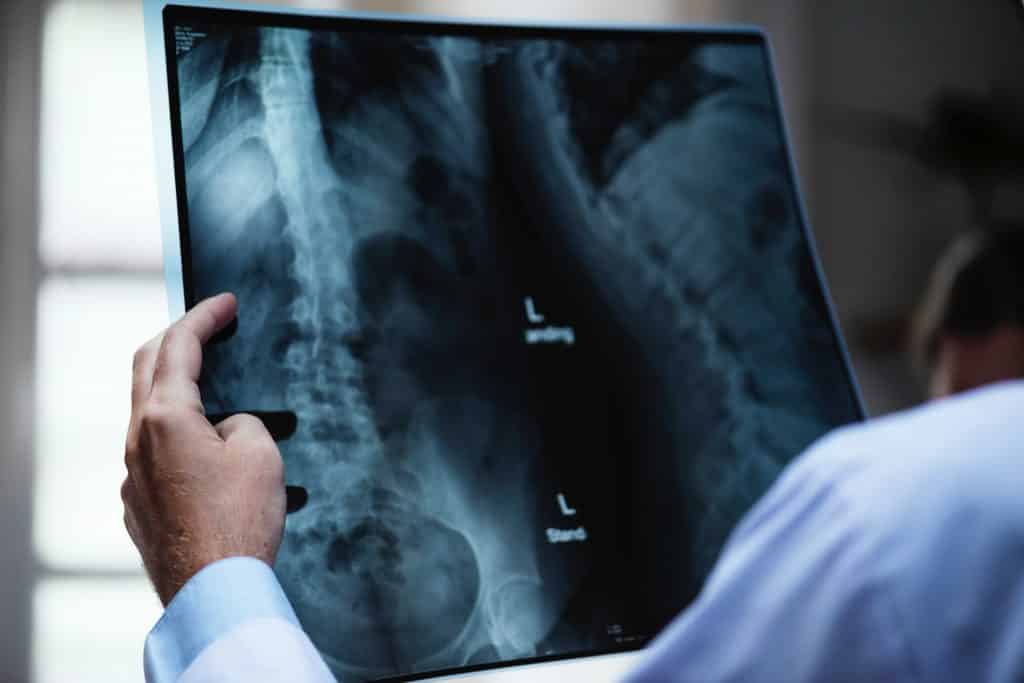There’s not a soul on this planet that hasn’t experienced pain at some point. Now pain may come in many different forms. It can be dull, sharp, burning, aching, etc. It can have many different causes. For example, not all pain is caused by physical damage. Psychosomatic pain (pain originating in the mind that is felt in a physical way) can be more debilitating than that caused by physical injury. Pain can signal many different things. Sometimes it’s a sign of physical damage and sometimes it can signal intense emotional or mental stress. Put simply, pain is an alarm bell to say that SOMETHING is wrong, nothing more and nothing less. In this article, I’ll be dealing with some misconceptions about pain.

Pain has its uses. Most of the time it is a HEALTHY response of the body to some source of harm. The intention being for us to avoid such stimuli. For example, the searing pain you feel when burning your hand on the oven. It can also prompt us to rest an injured structure that needs time to heal such as the pain you feel when putting weight on a sprained ankle. Pain drives us to take some sort of action, usually to avoid further damage and foster self-preservation.
The absence of pain is not an indicator of HEALTH.

There are many health conditions that can grow insidiously and, by the time we begin to experience symptoms such as pain, have become far more advanced and problematic than we would like. An example of this would be degenerative conditions such as osteoarthritis or spondylitis of the spine which may develop over years or decades without any pain and by the time we become aware that something is amiss, it has usually developed to the point where irreversible damage has occurred. A possible reason for this is that roughly 10 percent of the nervous system is dedicated to perceiving pain. The rest is responsible for ensuring homeostasis – balance and proper function of the body’s cells organs and glands.
Other conditions such as Hypertension may never develop any symptoms until the worst has occurred, earning it the nickname ‘The Silent Killer’. Conditions such as Peripheral Neuropathy occurring in late-stage Diabetes Mellitus even cause damage to nerves, limiting the body’s ability to feel the pain which can result in wounds on the feet going completely unnoticed, leading to infection due to a lack of treatment or care.
Assuming the site of the pain is the site of the problem can also create confusion and may lead to misdiagnoses and inappropriate treatment measures. Many organs refer pain to a point on the surface of the body and can be mistaken for a muscular complaint. Kidney pain, for example, can frequently resemble low back pain of muscular origin. Myofascial Trigger Points also are known to have pain referral patterns that may extend far beyond their actual location.
In short, pain is an inaccurate measure of health and should always be used in conjunction with other objective findings to determine one’s health or the origin of any condition. It is therefore vital to find a health-care provider who uses objective testing to get to the root of the problem instead of chasing symptoms around the body. Advanced BioStructural Correction™ is one such technology, it involves an examination procedure that looks at the individual holistically to find the sources of dysfunction and correct structure, enabling better connection between the brain and body, while helping the body to hold the person up rather than the person having to hold the body up.

Live your bigger life with Chiropractic care.
Peak Chiropractic Centre located in Claremont are family-friendly chiropractors focused on relieving aches, pains and posture correction. We offer in-house X-Ray facilities.

